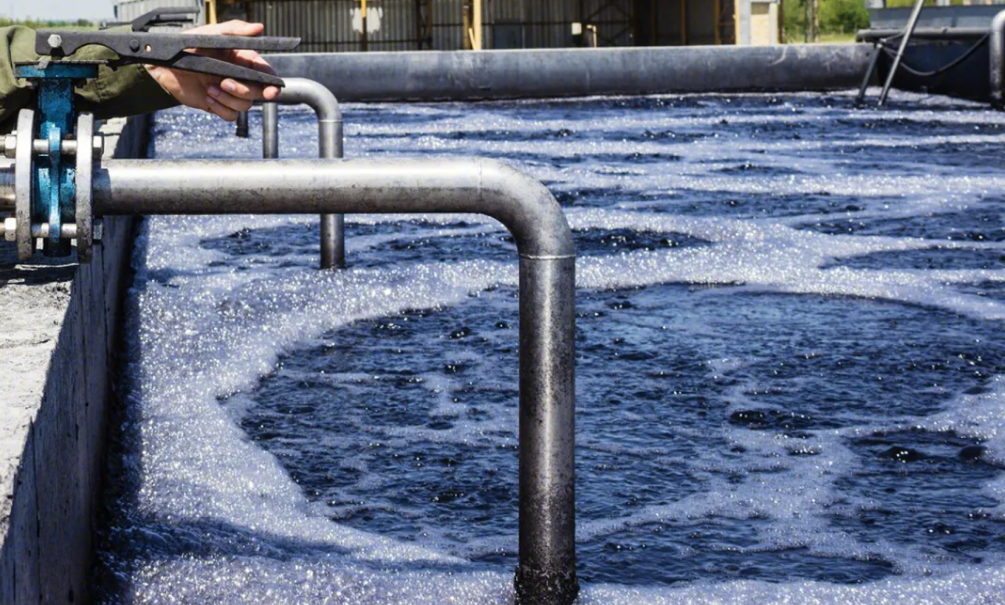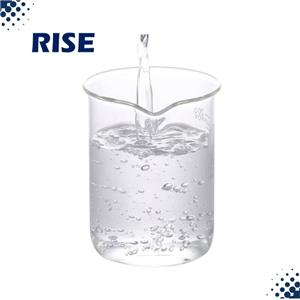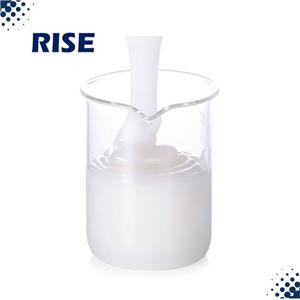RISE Sharing: Things about defoamer
What is Foam
Foam is an aggregate of bubbles separated from each other by a liquid film, a dispersion system of gases in a liquid, with the volume fraction of the internal phase (gas) generally greater than 90%. Foam has many applications in production practice, such as foam separation, foam fire extinguishing. The formation and stability of foam is closely related to the principles of physics such as surface tension and buoyancy.

Causes of Foam Generation
Foam generation requires gas-liquid contact. This includes two situations: first, gas enters the liquid from the outside, for example, gas is mixed in when mixing the liquid. The second is that the gas is generated from inside the liquid, such as boilers, evaporators, etc., when the temperature rises part of the liquid gasification, or oil extraction in the pressure change when the gas escapes, and so on.
Why we need antifoam
In many industrial processes, such as the chemical industry, oilfield extraction, paper, printing, dyes, coatings, plastics, etc., large amounts of foam can affect production efficiency. These foams may hinder the normal operation of machines and reduce productivity, so defoaming is needed to reduce the generation of foam and ensure the smooth running of the production process.
In the food and beverage industry, foam generation may affect the taste, appearance and quality of products. For example, in the production of beer, fruit juices, dairy products, etc., excessive foaming may lead to a decrease in product quality. Therefore, antifoam agents are used to control the formation of foam and bubbles to maintain product stability and quality.

During the pharmaceutical manufacturing process, such as mixing, stirring and filtration of the drug solution, the generation of air bubbles may affect the stability and effectiveness of the drug. The addition of antifoam agent can effectively inhibit the generation and stabilization of air bubbles, and improve the quality of drugs and the accuracy of filling.
Silicone antifoam agents for agriculture can quickly destabilize foam and prevent foam formation, which helps reduce problems such as pests and algal blooms in crops.
Classification of defoamers
Characteristics of defoamers
Organosilicon defoamer is liquids with particularly low surface tension that contain polysiloxane as their main active ingredient. At the same time, silica and other fillers are added to form the main antifoaming components, which can be prepared into emulsion-type defoamers and solid-type defoamers. Its basic features include stable chemical properties, wide range of use, low volatility, non-toxicity, and outstanding defoaming ability. When used, it needs to pay attention to the control of ambient temperature and pH value.
Contact for targeted solutions!




